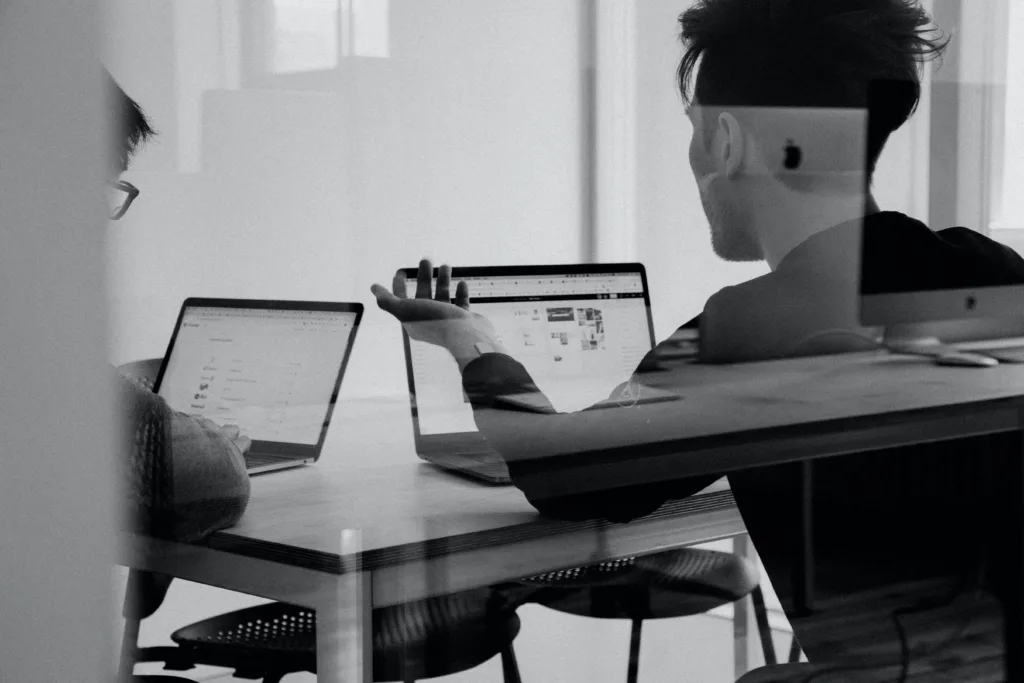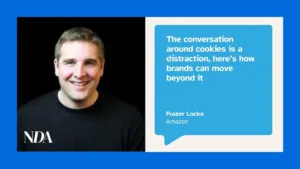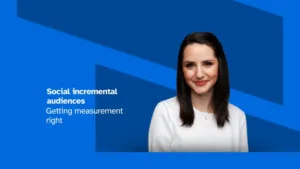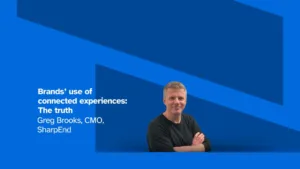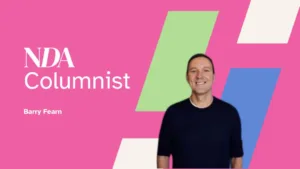By Dan Crowder, Founder and Managing Director at Craft
The best branding agencies are the ones that really interrogate a brief: they don’t take a packaging redesign brief at face value, for instance – instead, they look at the brand itself as a holistic entity. Is it really just about packaging, or does the entire brand identity need an overhaul? What would make this brand a leader in its category? How can we future-proof it?
Yet when it comes to looking inwards at their own processes around business plans and hiring talent, studios often struggle to view themselves with the same bold, dynamic approach that they’d take into a client project.
That’s understandable: after all, if you’re a smaller agency of 20 or so people, it can feel impossible to lift your head out of the day-to-day aspects of running a studio. The functional side of studio life – planning, HR, finance, et al – are often seen as the ‘less fun’ side of running a design agency. After all, design studio founders usually do what they do because they’re great at being creative, not because they necessarily enjoy running a business.
See yourself through the lens you see your clients
But design studios, branding agencies and any other type of creative business would do well to take a moment to think of themselves as they’d think of their clients. If you approach a new identity project as a way to future-proof that brand, approach your agency like that, too. Think about how you can evolve and face not just today’s challenges, but the ones that you might encounter months, years, even decades down the line.
Great design agencies often push their clients to be more bold and less cautious; yet are far more reticent to take big steps when it comes to their own internal processes. With today’s shaky economic outlook, the cost of living crisis, the shadow of the pandemic and so on, everyone is naturally more conscious of costs. That’s breeding indecision: often, hirers are looking for ‘perfect’, but in a very short space of time, and in an era where currently, fewer people are moving jobs than they were even a year ago.
Strategic growth
Often, ensuring your agency’s success in the future means growing the team; and interrogating the current structures and roles.
In an industry like design, it’s far from a numbers game: the best agencies are only so good because they’ve got the best possible talent on board – people who want to work for that studio and that studio only, and know why. People whose skill sets complement, augment and broaden that studio’s offer.
But it’s not easy to find the best people if you’re reactive, rather than active when it comes to hiring.
Don’t wait for resignations: start ‘succession planning’
Too many creative agencies wait until somebody is about to leave before planning their replacement; and not nearly enough of them consider it as an ongoing commitment. This means they’re missing out on top creative talent and future hires. The thinking is all wrong, and it needs to change.
Succession planning is so overlooked, but it’s crucial whatever the size or nature of a business – it’s not just something the global mega-studios need to think about.
Say you’re hiring a junior designer. They’re very unlikely to bring about commercial gain for a studio in the first six to nine months, but they will help you expand as their own skills grow with your studio. Then, they’ll be able to help the next junior designer who comes in; and move their way up into more senior positions that will bring about a visible increase in revenue.
The best way to plan for those hires and to take your agency into the future is by taking the time to interrogate your organisational chart. Ask yourself if you have the people you’ll need for your business in two or three years’ time: how do people move up the structure? What will your chart look like then?
Recruiting isn’t just about headcount or growth for growth’s sake: it’s looking at your whole entity, and projecting both the progress of existing talent, and the progress of the agency itself. If you’re a studio of 20, start acting like a business of 50 – that will reveal the gaps you need to think about when it comes to finding talent.
Think long term
All too often, hiring managers approach me desperate to find someone to fill a role they needed yesterday. And while that’s possible, finding someone on such short notice means that you’re unlikely to find the very best talent: you’re limiting yourself to people who are out of work or actively looking there and then. Working to such short term deadlines means that you could miss out on great people.
Instead, you should be a few steps ahead of your needs. Significant hires in particular can take a lot of time: a creative director might have a three or even six month notice period, and finding the right person can take three months in itself. Then once they are hired, they need to be onboarded and bedded in, so it can take around 12 months until your agency even sees the benefit of hiring them. Thinking strategically about recruitment can drastically cut that timeline.
Have regular conversations with potential hires, even when you’re not hiring. That allows you to have a shortlist of potential people at your fingertips when the time does come around.
Finding and engaging with great talent takes time. When it comes to key hires and career decisions, there is significant value in having a long-term vision. Investing the time upfront in defining your challenges and the people you’ll need to solve them, and you save time and budget down the line.


